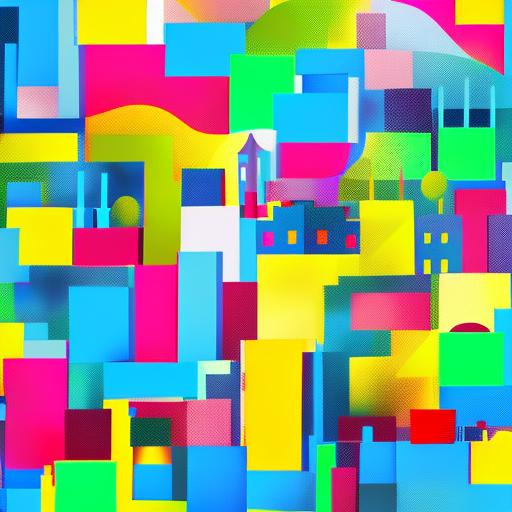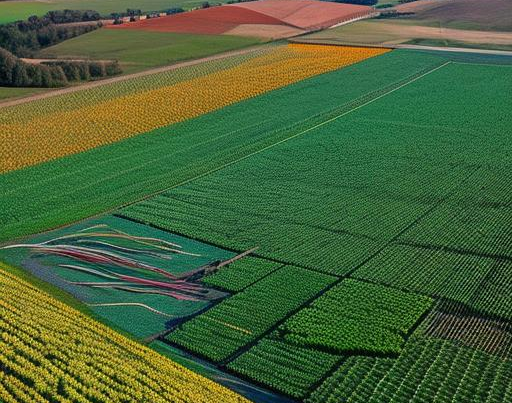In the bustling realm of urban planning, where concrete sprawls and skyscrapers dominate the landscape, there exists a revolutionary concept that promises to reshape our cities in a profoundly positive way. Welcome to the world of “The Happy City” - a vision of urban living that prioritizes the well-being and happiness of its inhabitants over mere functionality and efficiency. Join us as we explore this innovative approach to city design and discover how it is transforming the very essence of urban life.
Table of Contents
- Creating Vibrant Public Spaces
- Promoting Active Transportation
- Embracing Green Infrastructure
- Fostering Community Engagement
- Key Takeaways
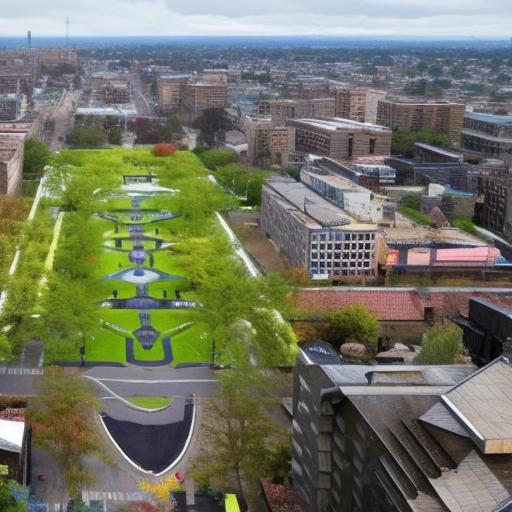
Creating Vibrant Public Spaces
Imagine a city where every corner is bursting with life and energy, where people of all ages and backgrounds come together to enjoy vibrant public spaces. In the Happy City, parks are not just patches of grass, but bustling hubs of activity and connection. Families picnic under shady trees, friends gather for games of frisbee, and musicians fill the air with joyful melodies.
In this city, streets are not just thoroughfares for cars, but bustling boulevards lined with cafes, shops, and street performers. Pedestrians stroll along wide sidewalks, stopping to admire public art installations or chat with neighbors. Public plazas host farmers markets and cultural festivals, drawing locals and tourists alike. The Happy City is a place where every public space is designed with community and happiness in mind, creating a thriving urban environment for all to enjoy.
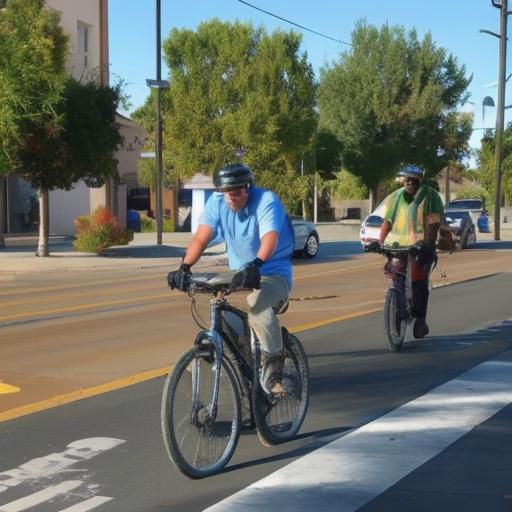
Promoting Active Transportation
If we want to create a happier and healthier city, we need to prioritize active transportation. Walking, biking, and using public transportation not only reduce pollution and traffic congestion but also improve our overall well-being. By , we can create vibrant communities where people feel connected and engaged.
Here are a few ways we can encourage active transportation in our city:
- Invest in bike lanes and pedestrian-friendly infrastructure.
- Provide incentives for businesses to offer bike parking and showers for employees.
- Host community events like bike rides or walking tours.
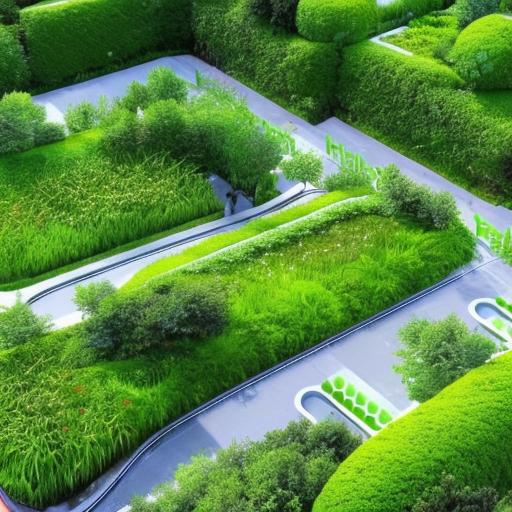
Embracing Green Infrastructure
Imagine a city where lush green spaces intertwine with modern infrastructure, creating a harmonious balance between nature and urban development. In this utopian city, rooftops are adorned with vibrant gardens, and streets are lined with trees and plants, providing shade and reducing the heat island effect. The sound of birds chirping and the sight of butterflies fluttering about are a common occurrence, bringing a sense of tranquility to the bustling city streets.
With a focus on sustainability and environmental stewardship, green infrastructure is not just a trend but a way of life in “The Happy City.” Rain gardens and bioswales dot the landscape, capturing and filtering rainwater to prevent flooding and pollution of waterways. Green roofs not only reduce energy consumption by insulating buildings but also provide habitats for local wildlife. Community gardens bring people together, fostering a sense of connection and pride in their shared environment. is not only beneficial for the planet but also for the well-being of the city’s residents, creating a healthier, happier, and more resilient community.
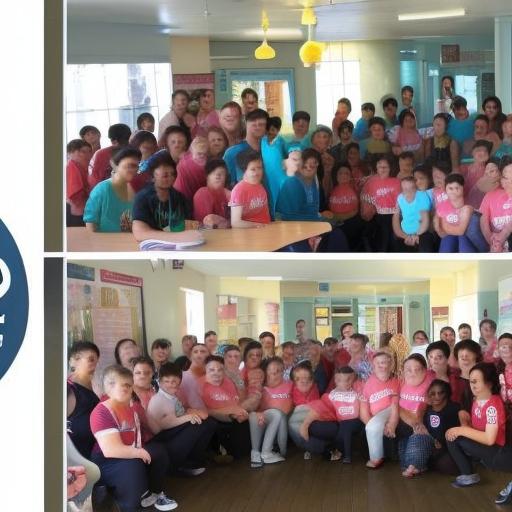
Fostering Community Engagement
Creating a happy city involves more than just infrastructure and urban planning. It requires fostering a sense of community engagement where residents feel connected and empowered. One way to achieve this is through organizing regular community events and activities that bring people together.
By providing opportunities for residents to come together, share experiences, and build relationships, a sense of belonging and ownership of the city is cultivated. This leads to a happier and more cohesive community where individuals are invested in the well-being of their neighbors and the city as a whole. Ultimately, is the key to creating a truly happy city where residents thrive.
Key Takeaways
“The Happy City” presents an innovative and refreshing perspective on urban development. By prioritizing the well-being and happiness of its inhabitants, this approach aims to create vibrant, sustainable, and inclusive communities. As we continue to navigate the challenges of urbanization, let us draw inspiration from the vision of a happy city and strive towards creating spaces that truly enrich our lives. Together, we can build a brighter future for all.
